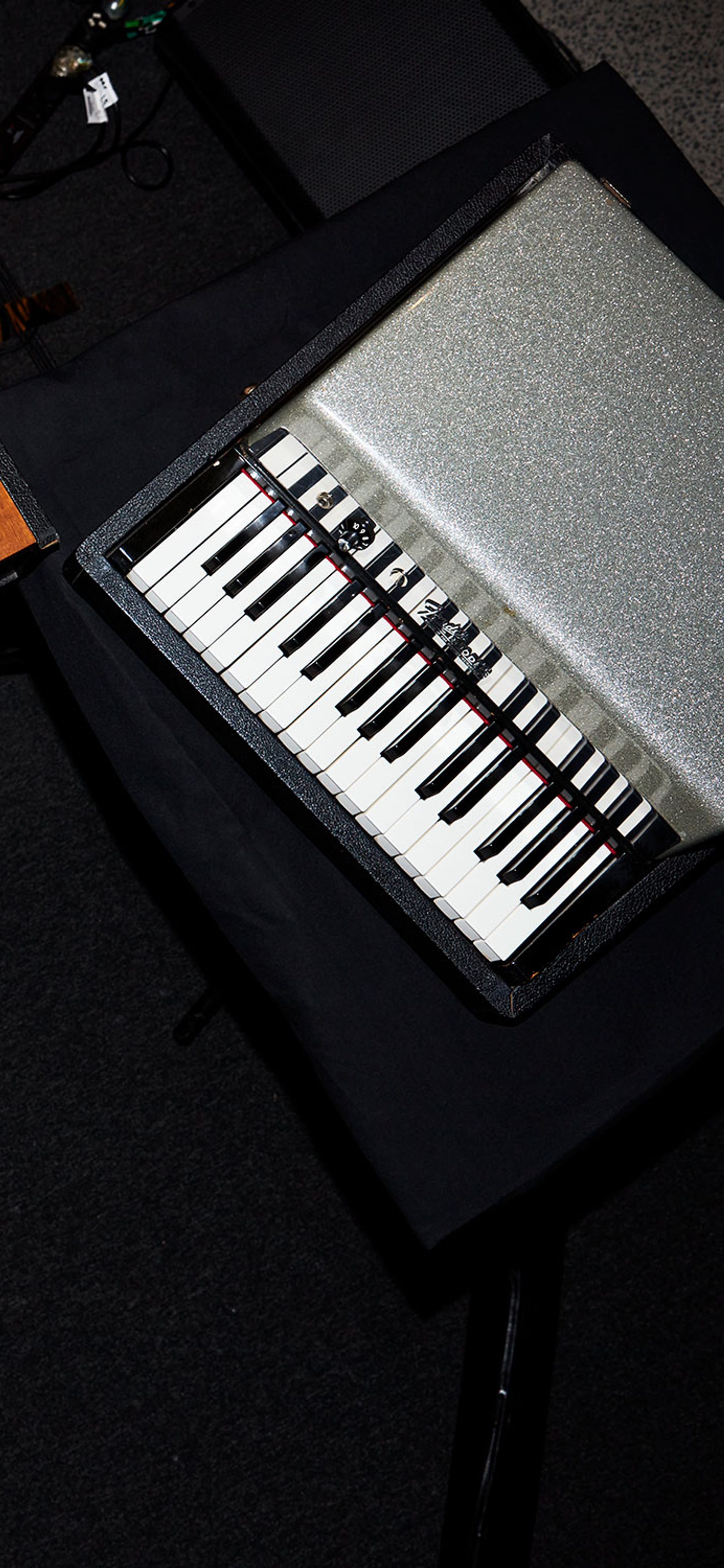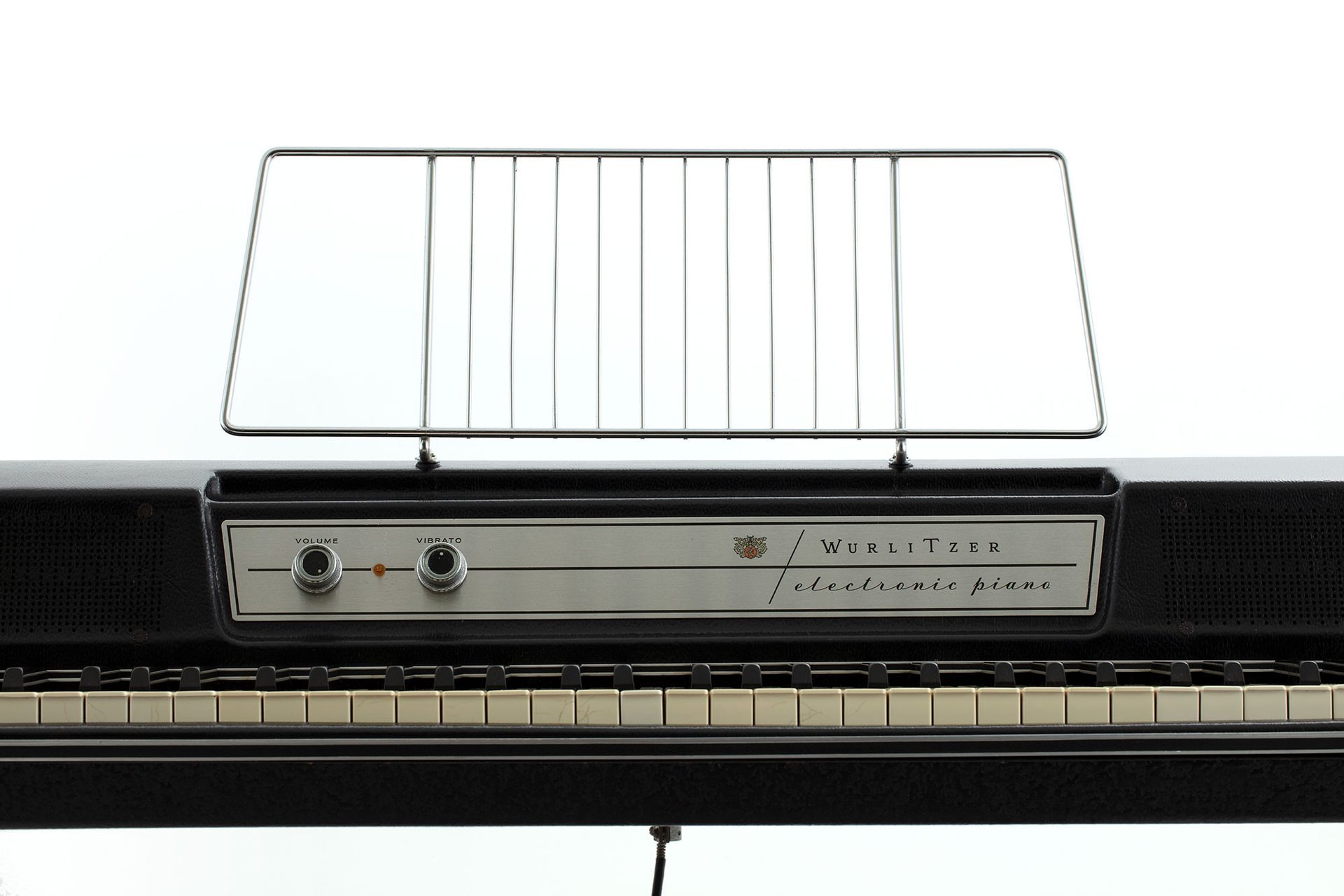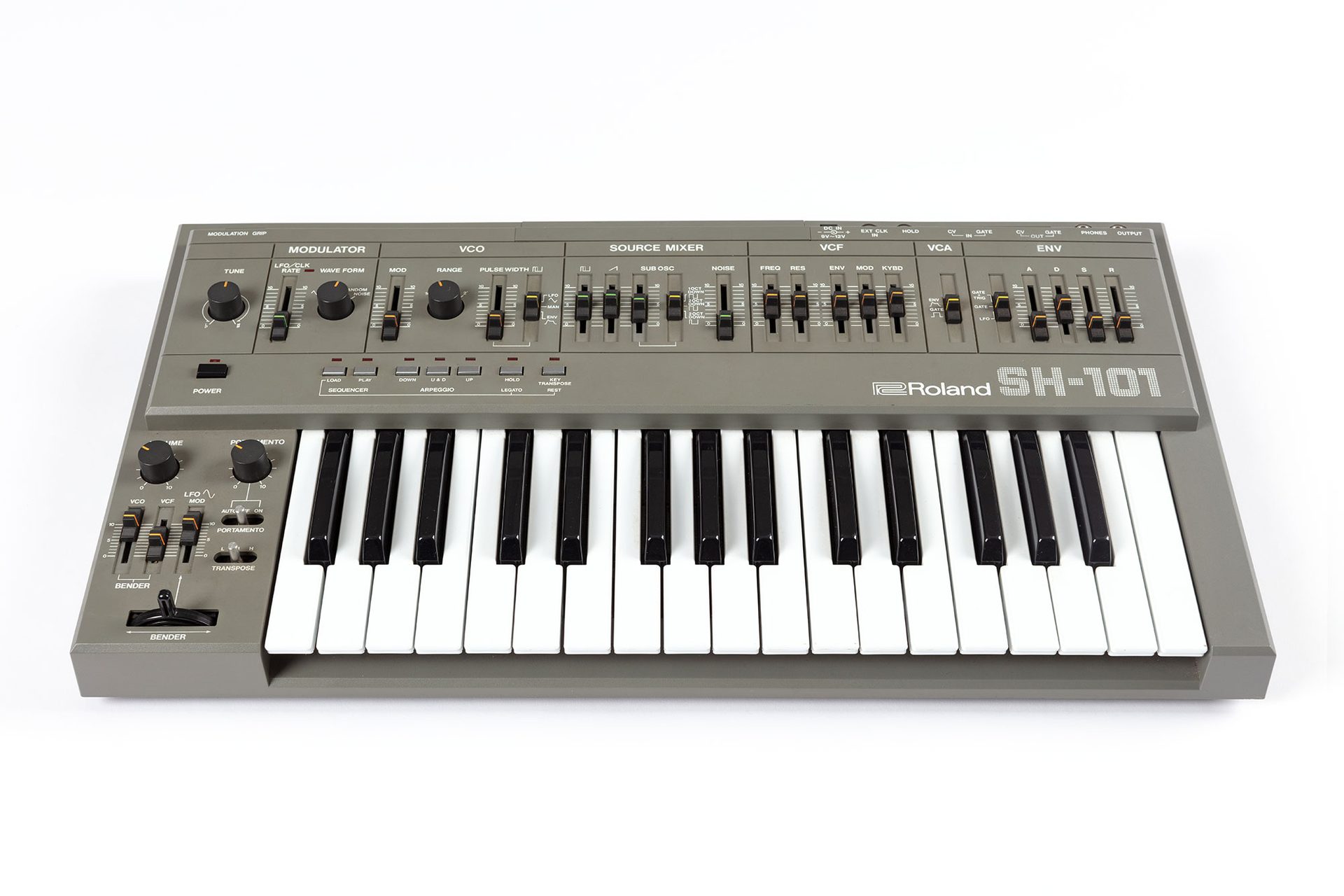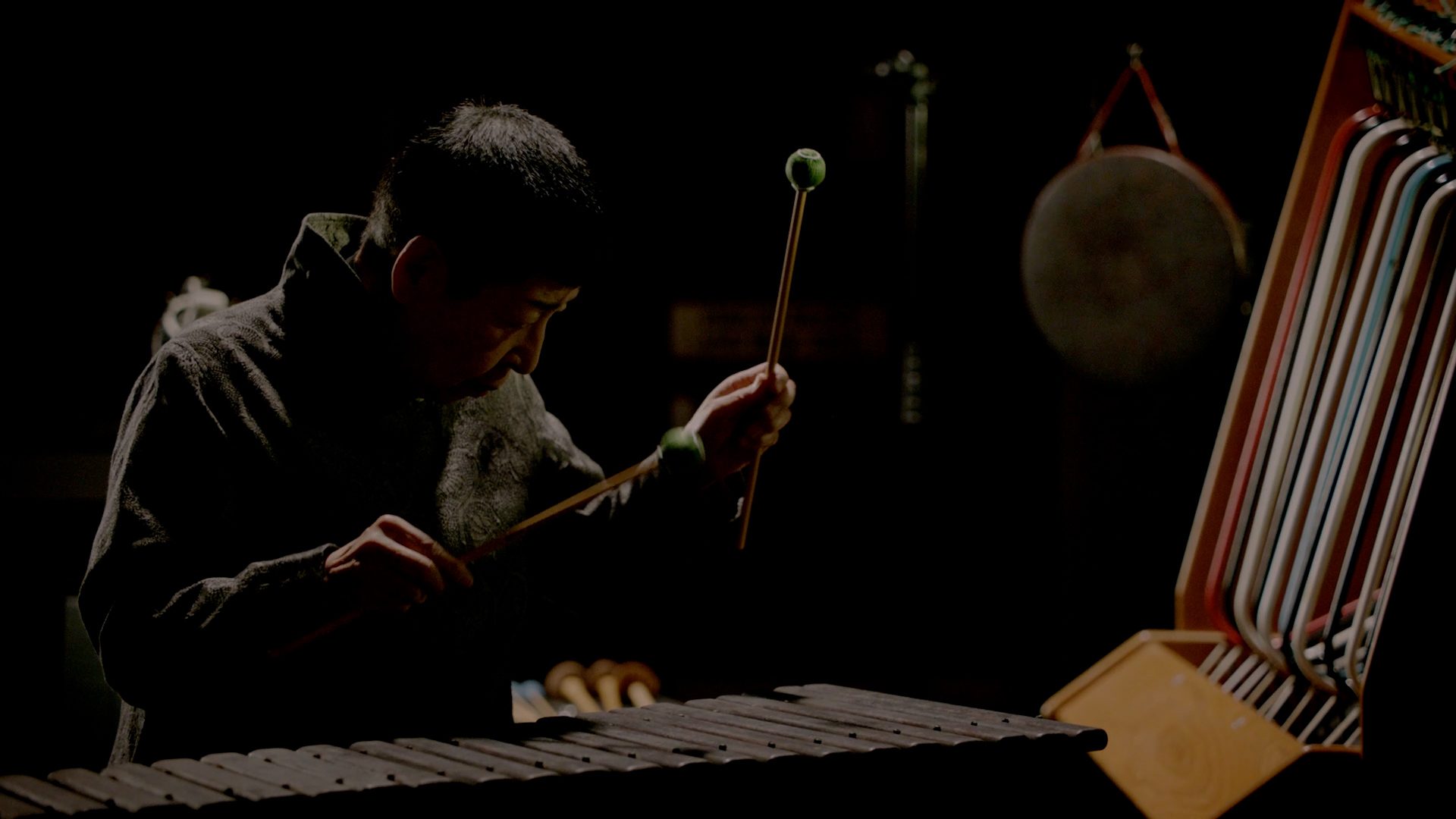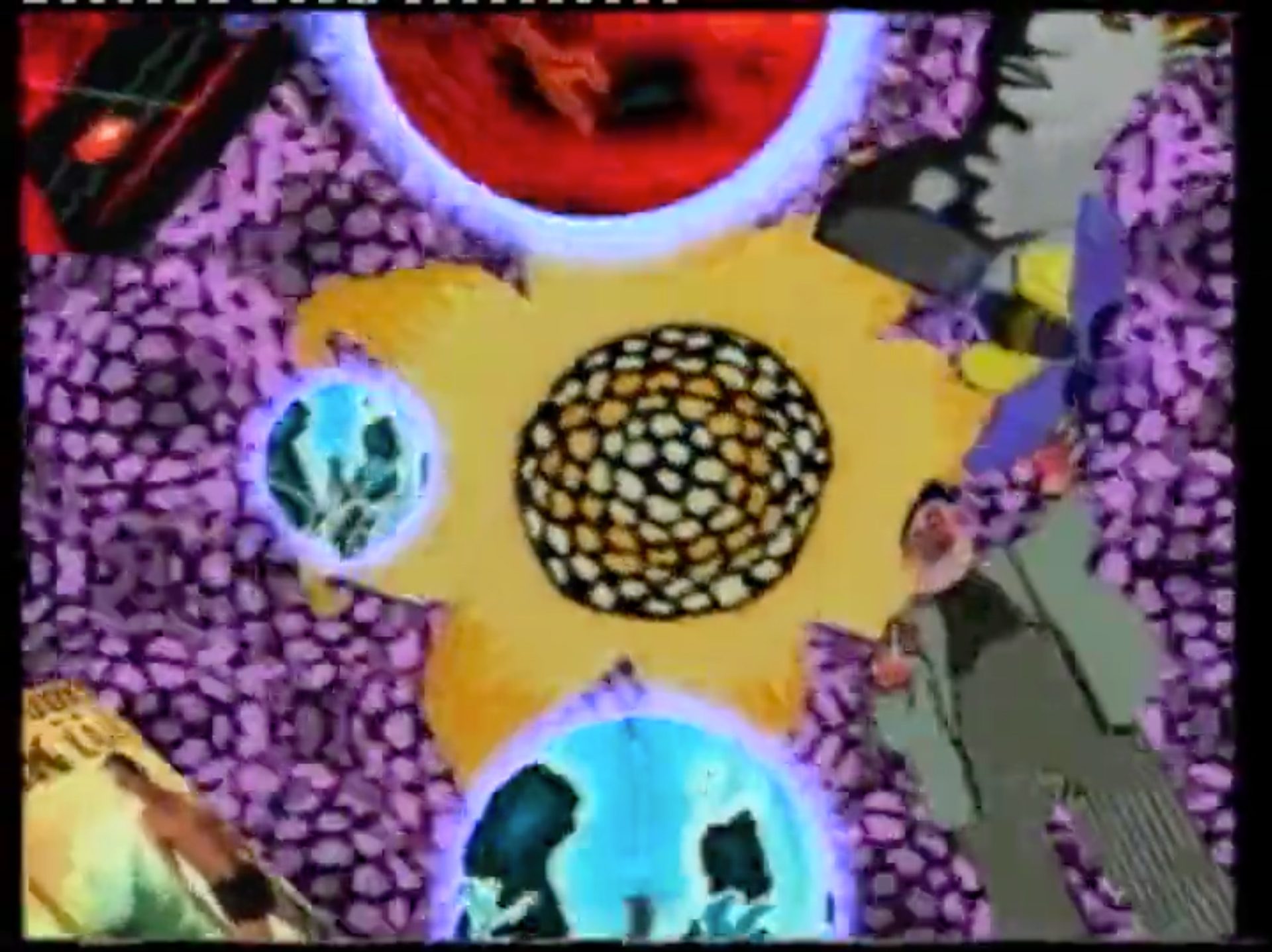Electric Keys Late Recordings

The keyboard has evolved over the past 600 years. Instrument designers and makers have explored ways to improve the tone, and manufacture higher quality, more reliable and accessible instruments. Over the past 70 years the humble piano and organ have been complemented by instruments using new materials and technologies, generating sounds that reflect the music of our times.
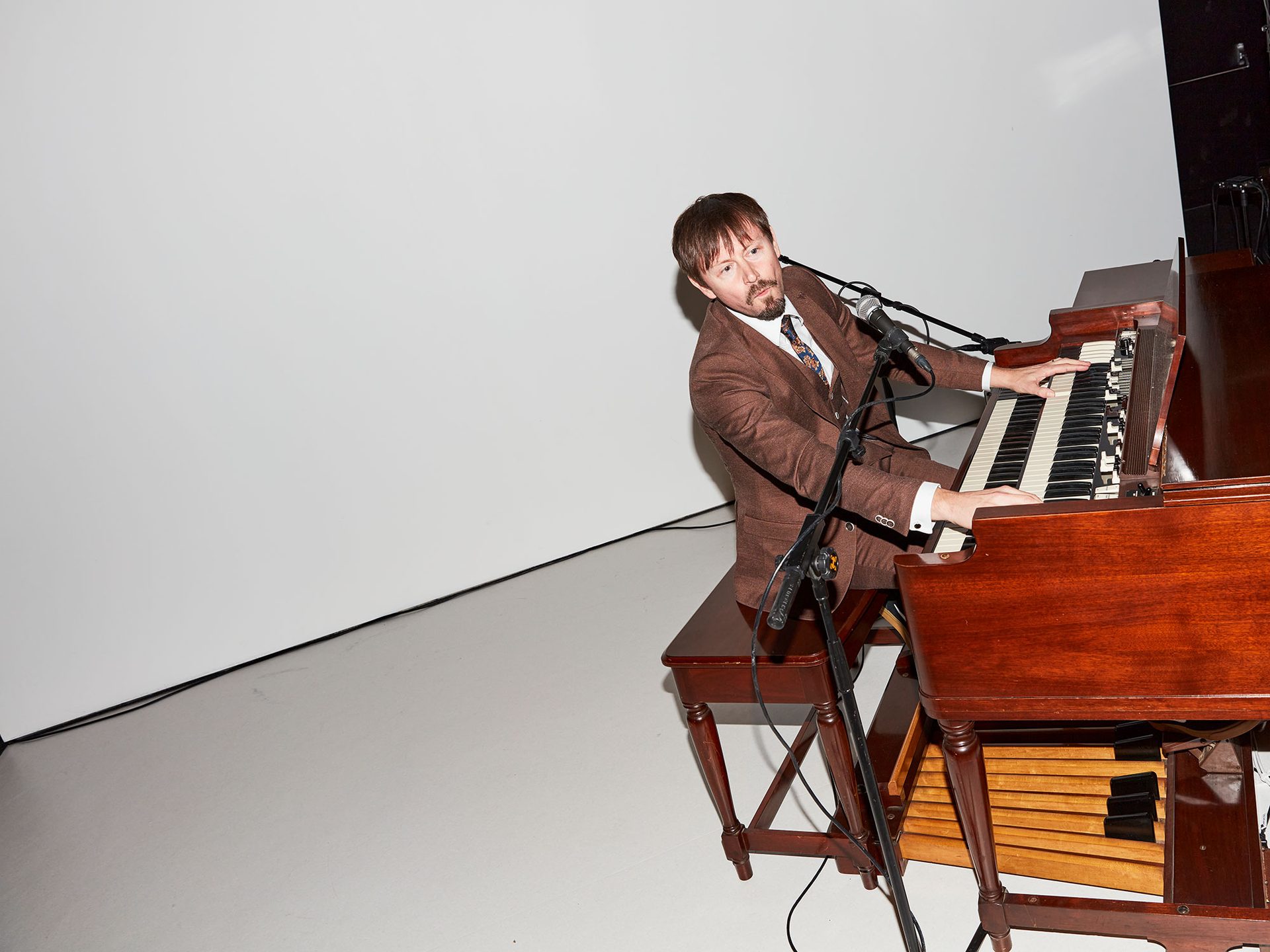
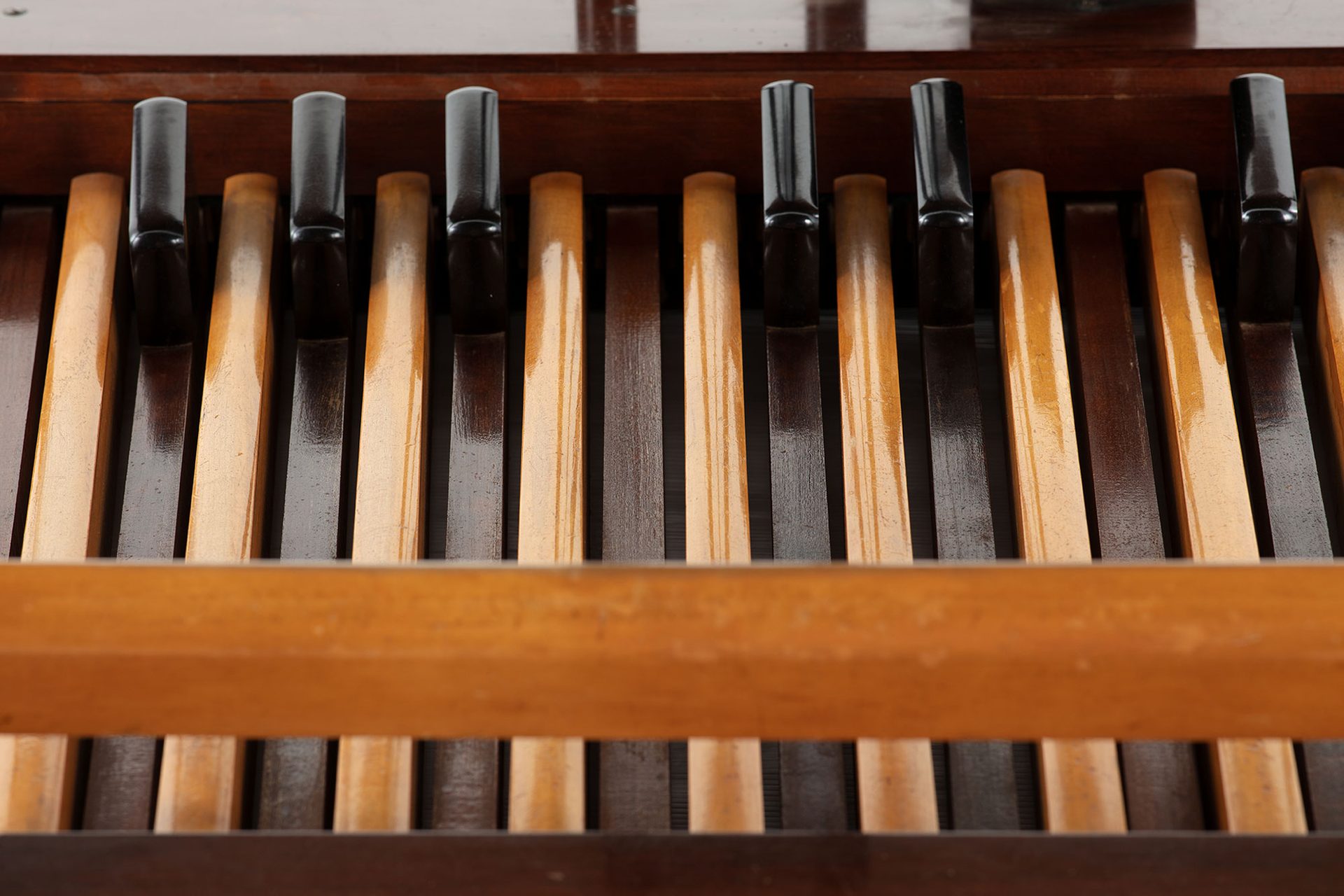
With its considerable sound, the Hammond organ was able to displace small ensemble bands. The distinct sound of the B3 can be recognised in recordings across decades and musical genres, such as gospel, jazz, blues, soul, funk and progressive rock.
The versatile Wurlitzer keyboard can accompany a soulful ballad or a rock number, its ability to switch from go-to backing rhythm instrument to melody driver belying its technological simplicity. Using metal reeds instead of steel strings to produce an electric sound, the Wurlitzer replaced the mechanical piano in many studios and bars.
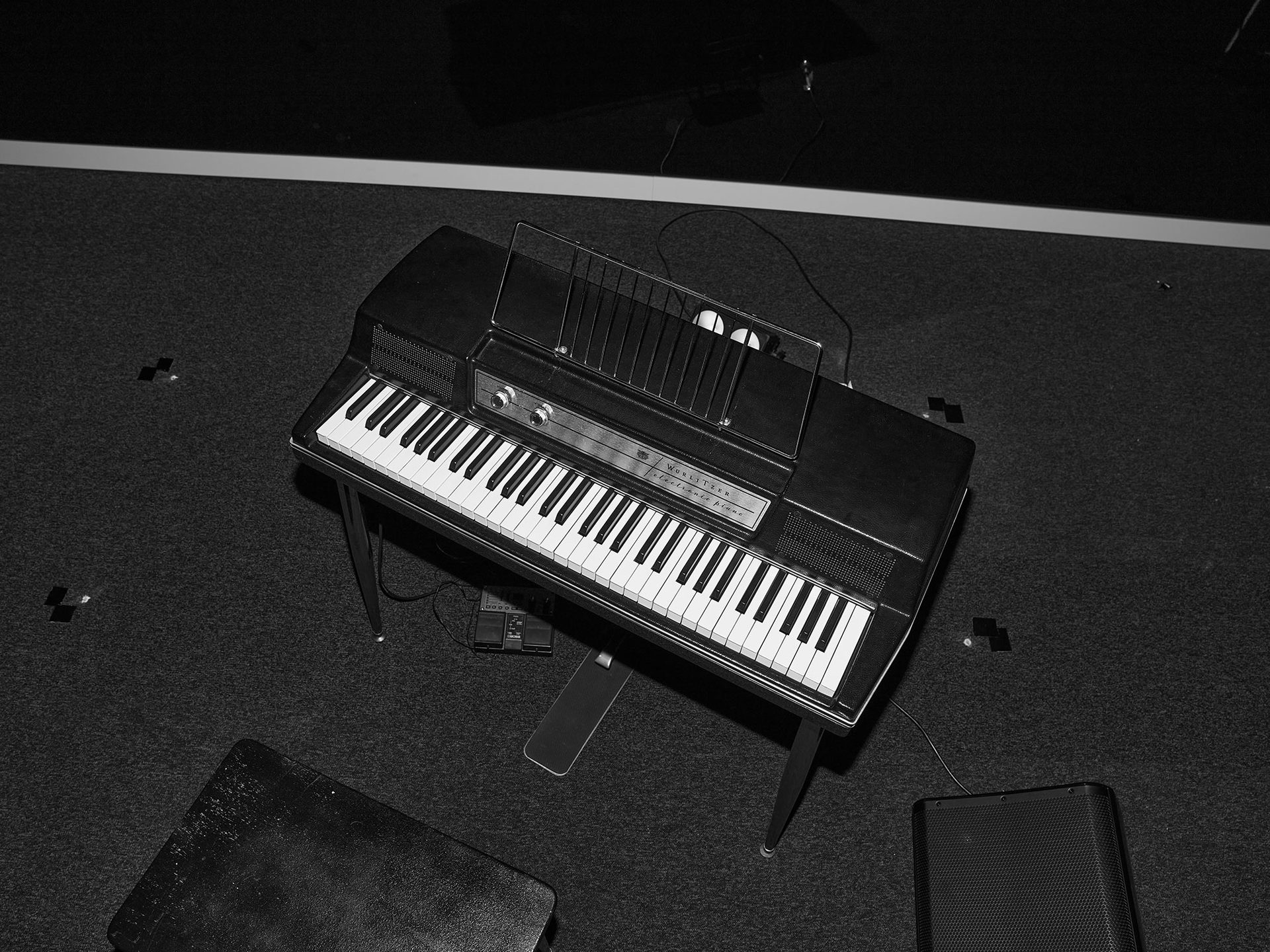
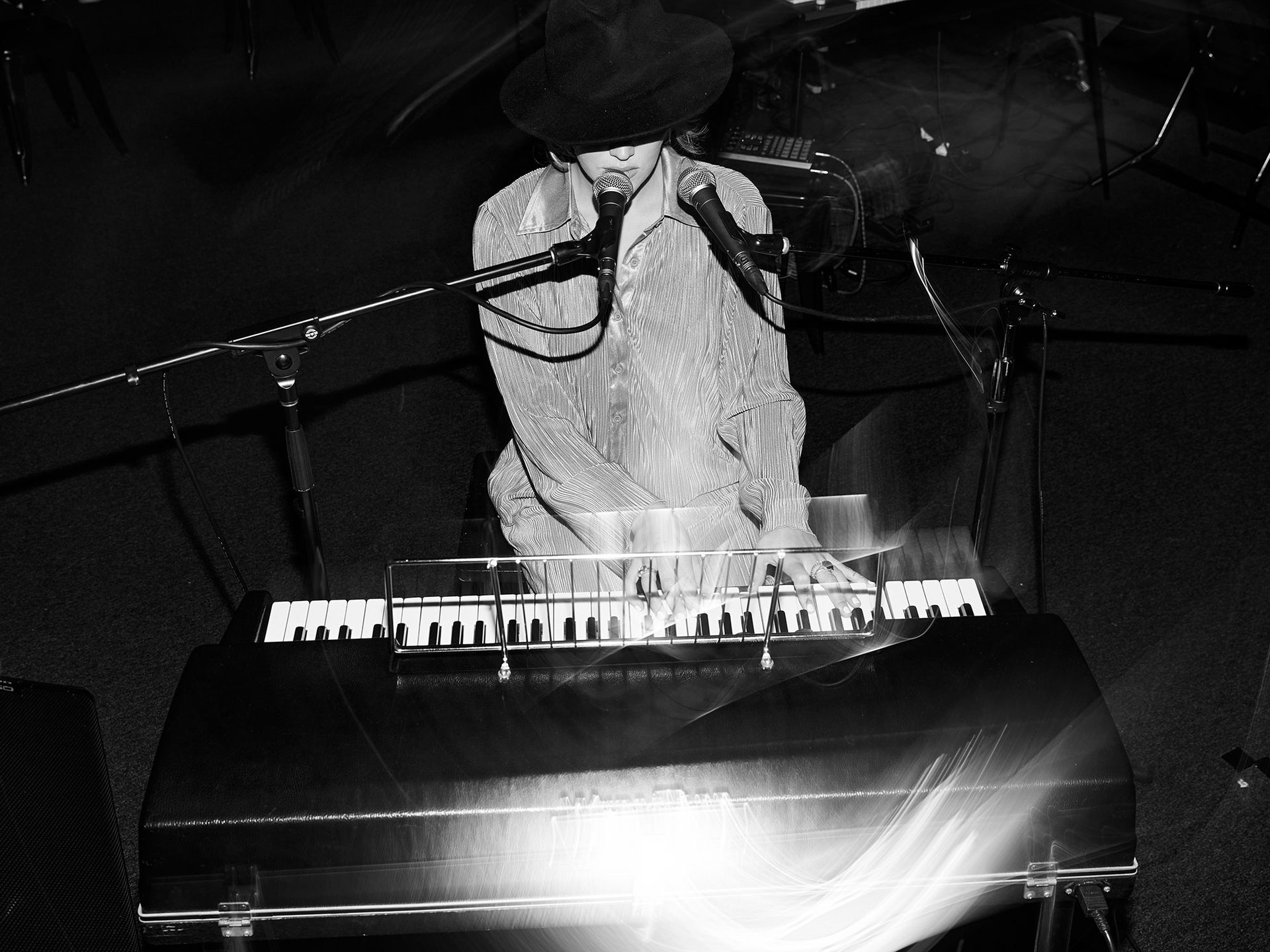
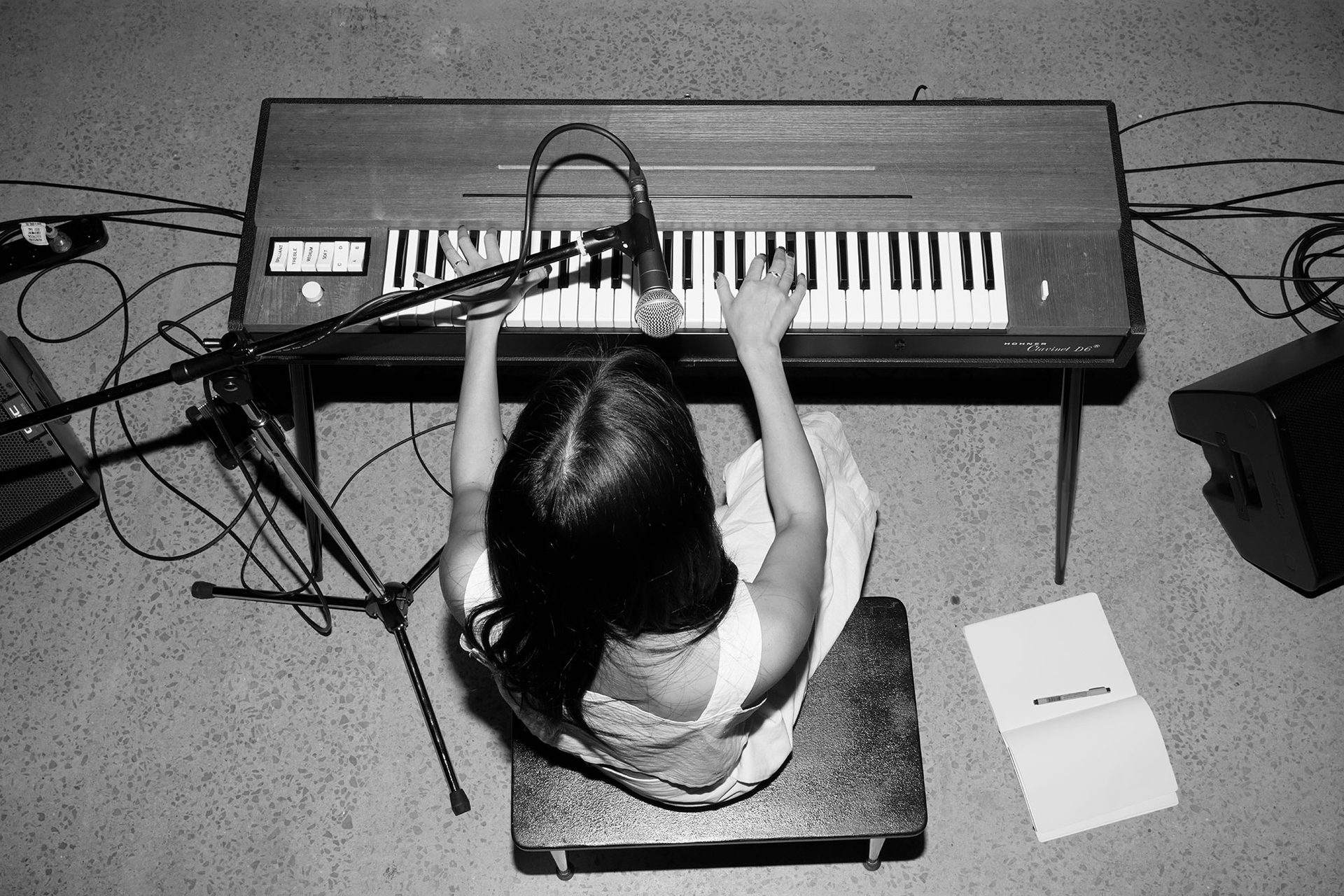
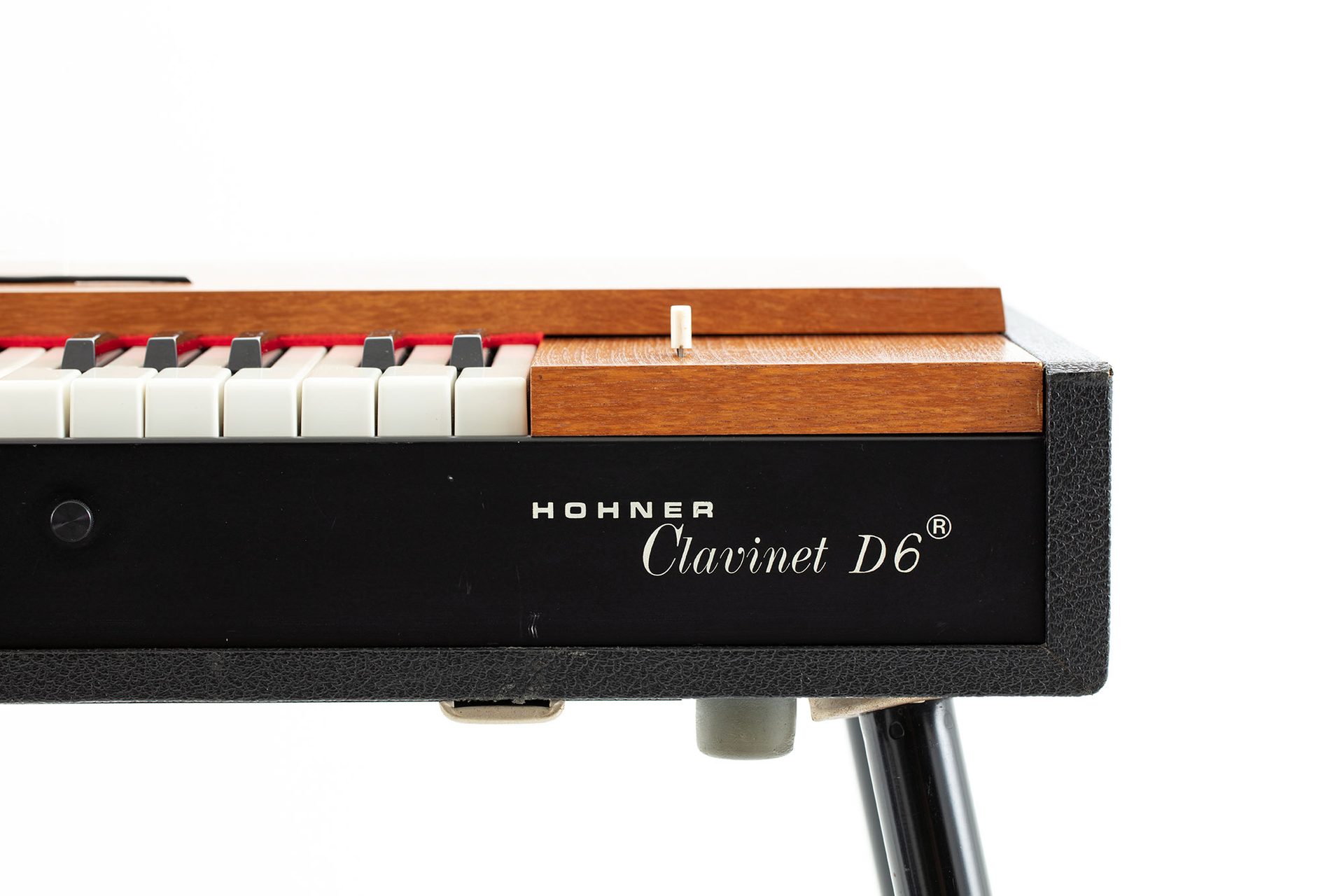
The clavinet has a biting plucked string sound much like an electric guitar. Some players, such as Stevie Wonder, employ the instrument to create a striking rhythm. The action is damped meaning there is no sustain (the level of the sound’s duration until the key is released), making the style of playing the clavinet quite percussive.
The same year as the Roland SH-101 release we heard its solid, punchy bassline on the classic Eurythmics song ‘Sweet Dreams’. The rediscovery of the SH-101 in the 1990s — along with other analog instruments from the mid-80s — by an emerging cluster of new musicians led to its elevation as one of the most important synthesisers in history.
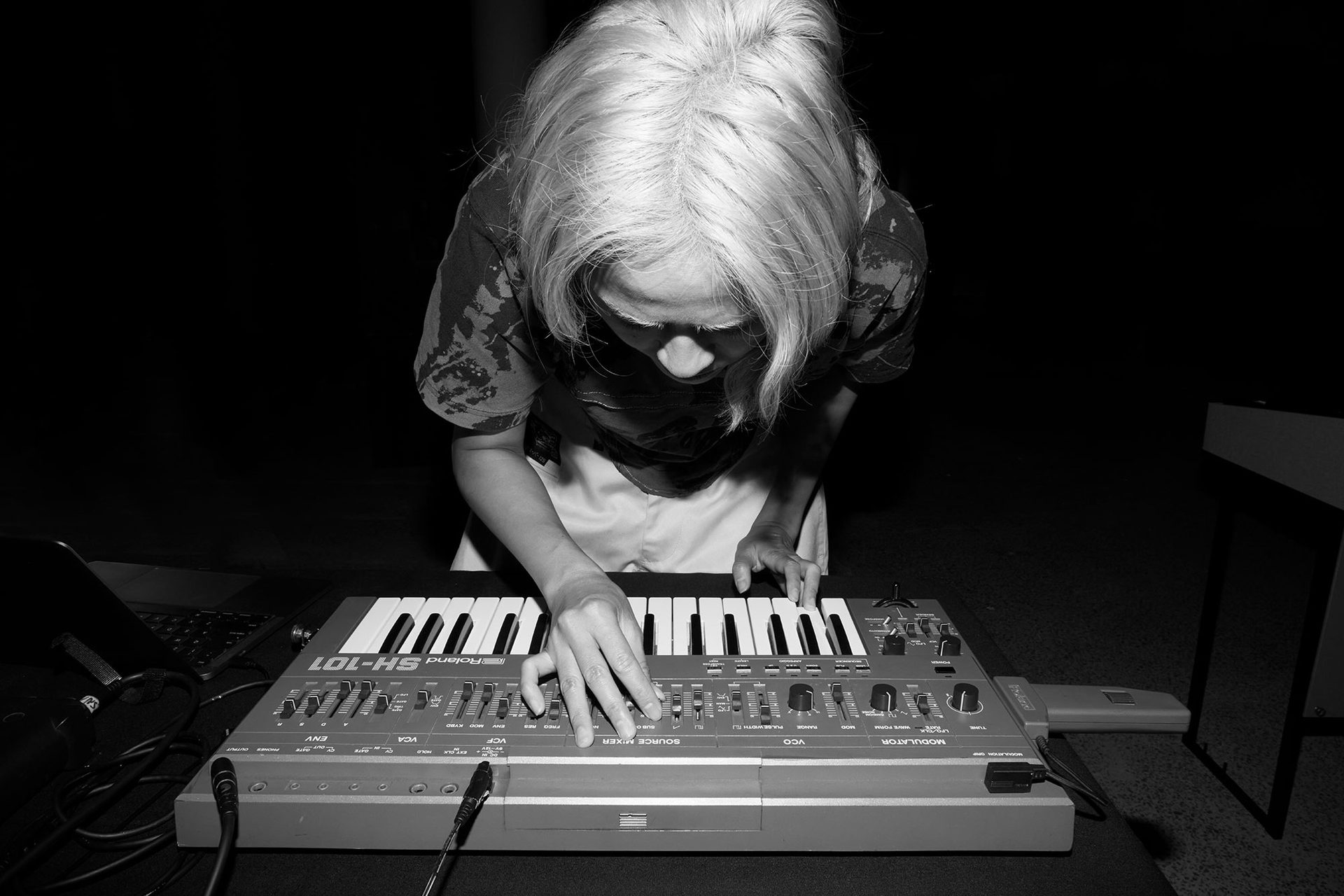
Lachy Doley is an Australian musician, singer and songwriter best known for playing the Hammond organ and whammy clavinet. Doley has recorded and/or toured with Jimmy Barnes, Glenn Hughes, Billy Thorpe, Joe Bonamassa and Powderfinger.
JOY.‘s music doesn’t fit squarely into any particular genre, melding modern sounds with classic techniques to create something both contemporary and timeless. Bursting onto the scene when she was just 16, JOY. stunned listeners with her emotion filled vocals and hypnotic production on debut single ‘Captured’ and follow-up ‘Stone’. She caught the attention of Australia’s biggest dance duo Peking Duk, who invited her as a featured vocalist for their triple j Like A Version, performing Kylie Minogue’s ‘Can’t Get You Outta My Head’ and getting Kylie’s tick of approval.
Chun Yin Rainbow Chan is a producer, vocalist and interdisciplinary artist of Hong Kong-Chinese descent, living in Sydney. Her practice engages with mistranslation, diaspora and the effects of globalisation on modern Chinese society.
Corin Ileto is a Filipina-Australian electronic producer, composer and performer working in the field of performance art, sound design, theatre and club spaces. Her productions are an assemblage of converging styles moving somewhere between IDM, grime, EBM, trance, and baroque-laden ambience.
Sounding the collection
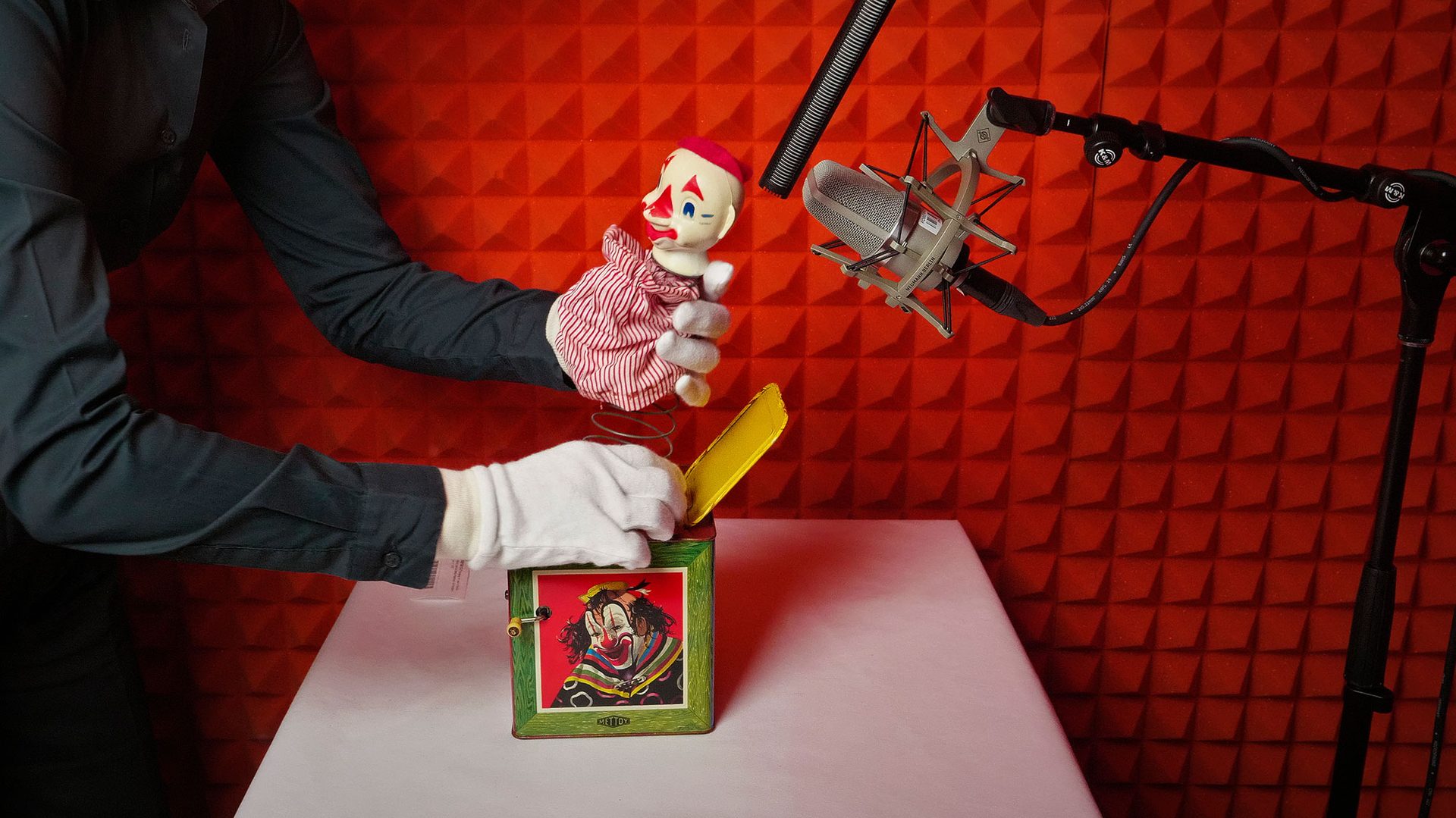
From an automaton bird cage and an art deco clock to toy robots, tuning forks and steam engines, Sounding the Collectionis a sonic archive from Powerhouse that brings objects sitting silent in the collection to audition.
The archive hosts more than 100 recordings designed to be shared publicly, inviting artistic interpretation and collaboration. These recordings allow musicians, researchers, and sound designers globally to repurpose and interpret them via a ‘sample pack’ —– potentially finding their way into sonic identities, movie soundtracks, foley, pop songs and sound installations.
Powerhouse is working to fold sonic archives and sonic interpretation of the Collection’s material culture. In addition to Sounding the Collection, the museum is host to a range of projects that activate and listen closely to its objects. This includes the Oscillations podcast series, collaborations with Research Fellows and performances with collection instruments.










